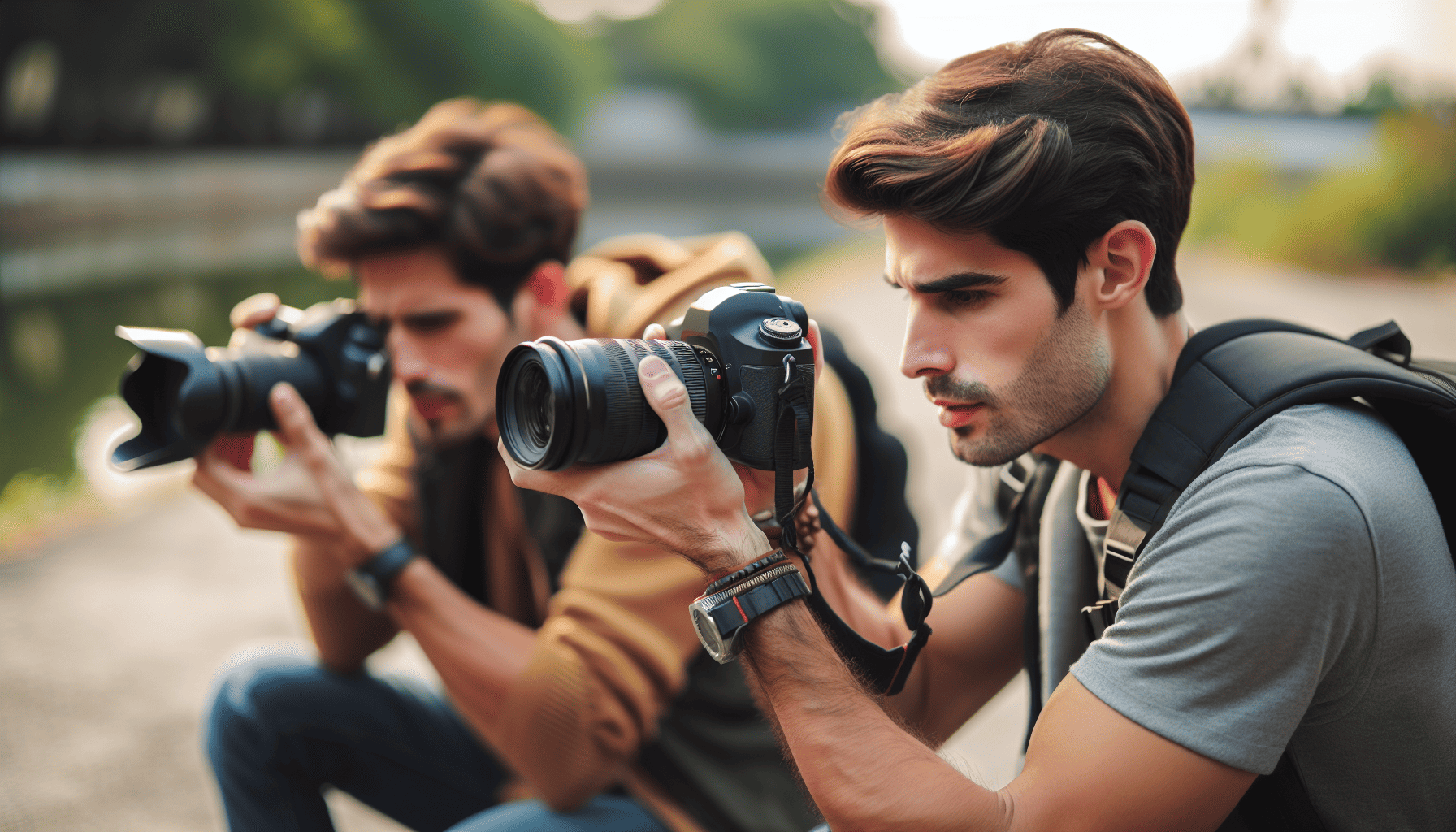In today's digital age, photography has evolved beyond capturing memories; it has become an interactive and collaborative art form that fosters creativity and community bonding. Interactive photo sessions are at the forefront of this evolution, offering enthusiasts and professionals alike new ways to explore their creativity while involving participants in a unique co-creative process.
Gone are the days when photo sessions were solely about positioning a subject in front of a camera and clicking the shutter. Now, they have transformed into dynamic experiences where the photographer and participants work together to produce something that is not only aesthetically pleasing but also deeply personal and engaging.
One of the driving forces behind interactive photo sessions is the use of technology. With virtual reality (VR) and augmented reality (AR) becoming more accessible, photographers now merge the physical and digital worlds to create immersive environments. These tools allow participants to see potential outcomes in real-time, experiment with different settings, and become active contributors to the creative process. Imagine a client seeing a preview of themselves in various themed backgrounds before the photo is even taken. This can dramatically enhance the final outcome, ensuring that it aligns perfectly with the client's vision.
Moreover, interactive photo sessions are breaking the barriers between the photographer and the subject. Traditionally, a photo session involved minimal interaction, with the photographer directing the subject. In contrast, modern interactive sessions encourage dialogue and feedback, giving participants a voice. This collaborative nature not only makes the process more enjoyable but also puts individuals at ease, allowing for more authentic and candid photographs.
Workshops and photo walks have also grown in popularity, where photographers come together to share techniques and ideas, often incorporating interactive elements. During these sessions, participants might be assigned creative challenges, such as capturing a story in five frames or using only natural lighting. These exercises can ignite creativity and inspire innovative approaches to photography, further breaking the mold of traditional photo shoots.
Furthermore, interactive photo sessions can enhance storytelling through the inclusion of multimedia elements. Incorporating sound, motion, and interactivity, from capturing ambient sounds of a bustling street to using drones for dynamic aerial shots, photographers can create rich, multimedia experiences that go beyond the static nature of a traditional photograph.
Lastly, the rise of social media platforms and online communities has played a vital role in the popularity of interactive photo sessions. People are eager to share their experiences and the unique photos that result from these collaborative efforts. The instant feedback and appreciation that come from online communities can bolster confidence and inspire photographers and participants to continue exploring their creative boundaries.
In conclusion, interactive photo sessions represent a growing trend that not only pushes the boundaries of traditional photography but also enriches the experience for everyone involved. By fostering collaboration, utilizing new technologies, and encouraging creativity, these sessions have the power to transform the way we see and create photographic art, making each session a unique journey into the imaginative world of visual storytelling.
